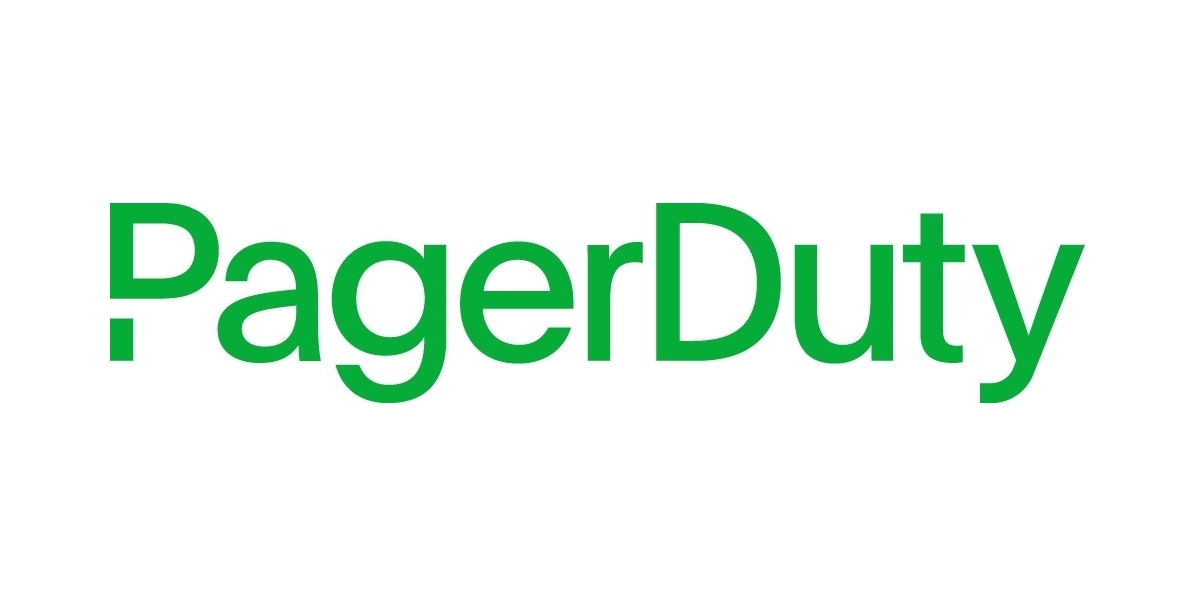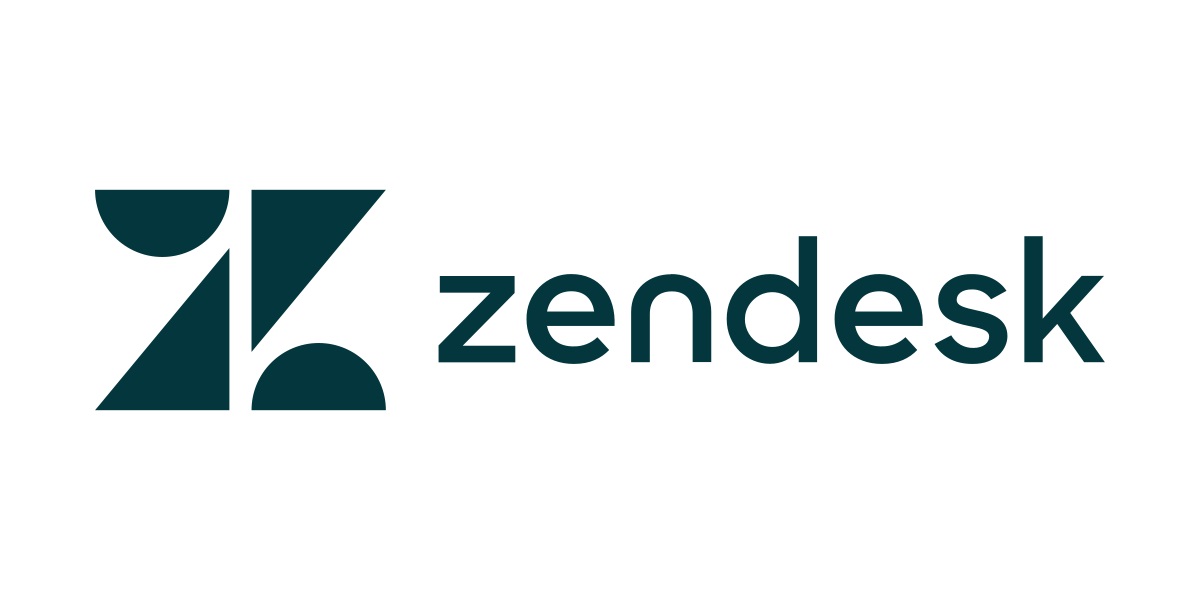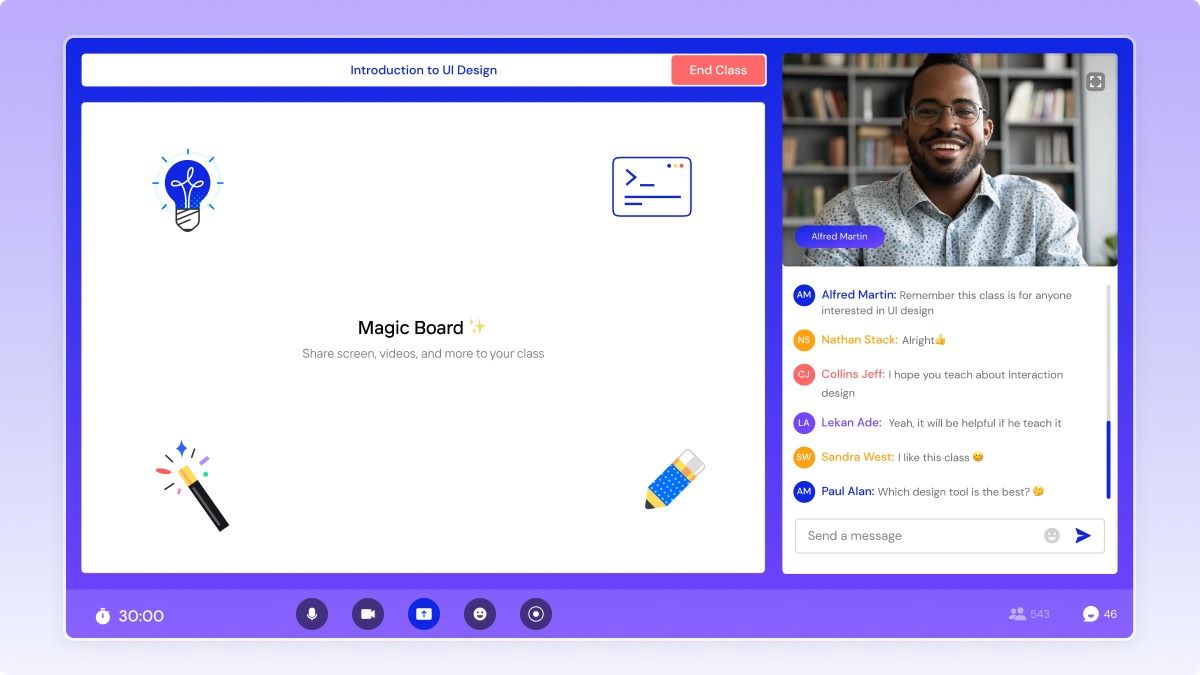Klaus, an Estonian startup established in 2019 to support customer service agents, has been acquired by Zendesk, a global customer service platform. The acquisition, for an undisclosed sum, marks a significant development in the tech industry.
Key Takeaway
Zendesk’s acquisition of Klaus underscores the growing significance of AI-powered solutions in the customer service industry. The integration of Klaus’s AI-driven Quality Assurance platform into Zendesk’s WEM portfolio is poised to elevate the efficiency and effectiveness of customer support operations.
The Acquisition
Zendesk’s acquisition of Klaus adds to its Workforce Engagement Management (WEM) portfolio. This move is in line with Zendesk’s strategy to enhance its offerings by integrating innovative technologies. Adrian McDermott, Zendesk’s chief technology officer, expressed excitement about the acquisition, stating, “With Klaus as part of our WEM portfolio, we can empower businesses with the best AI-powered automated quality assurance in the market.”
Klaus’s Evolution
Initially focused on aiding customer service agents, Klaus evolved into a comprehensive Quality Assurance platform driven by AI. Co-founders Kair Käsper and Martin Kõiva transitioned from their roles at Estonian unicorn Pipedrive to launch a “conversation review and QA tool for support teams” in 2019.
Investment and Growth
Klaus secured a total of $19.3 million from investors, including Global Founders Capital, Acton Capital, Icebreaker.vc, and Creandum. The startup gained traction by attracting prominent clients such as Automattic, Wistia, and Soundcloud. Its success led to a $1.9 million seed funding round led by Creandum and a subsequent €12 million (~$11.49 million) Series A equity round led by Acton Capital in 2022.
AI-Powered Capabilities
By the time of its Series A funding, Klaus had advanced its AI algorithms to automate various tasks, including categorizing customer comments, sorting conversations based on attributes like complexity, and conducting sentiment analysis in multiple languages. These capabilities aimed to enhance the “quality” of customer-agent interactions.

























